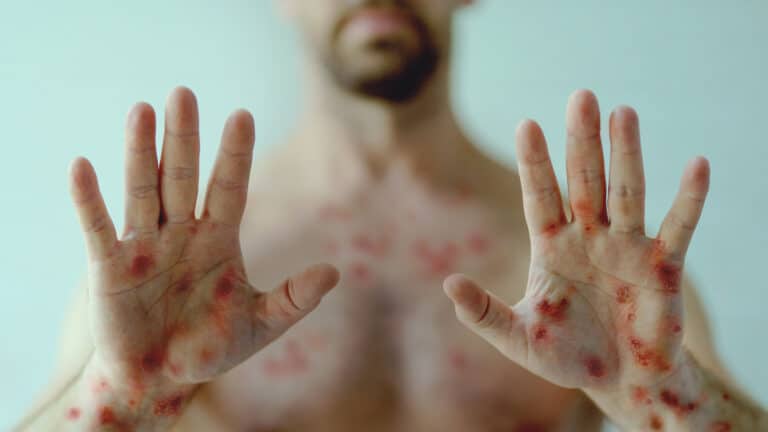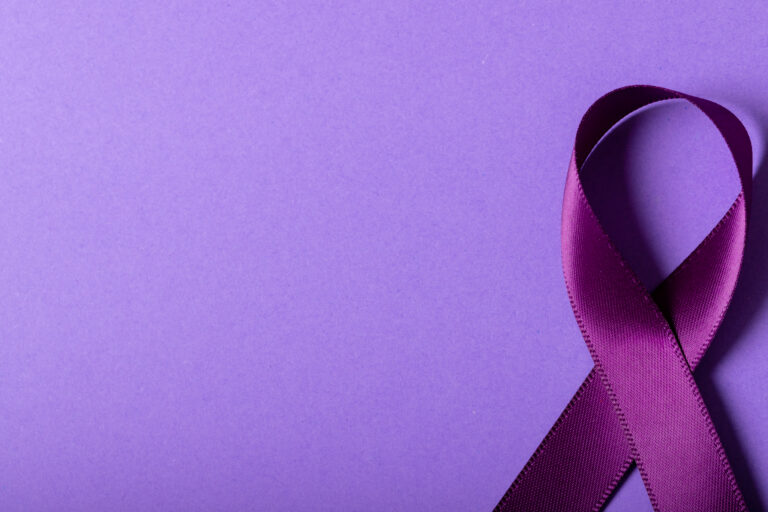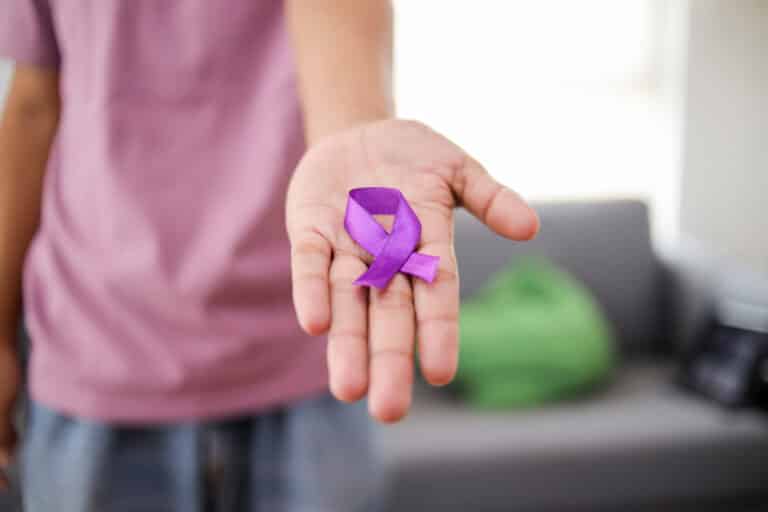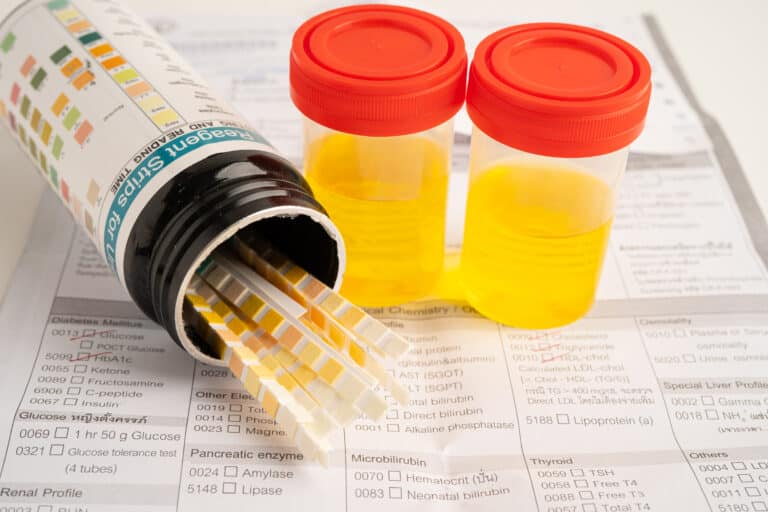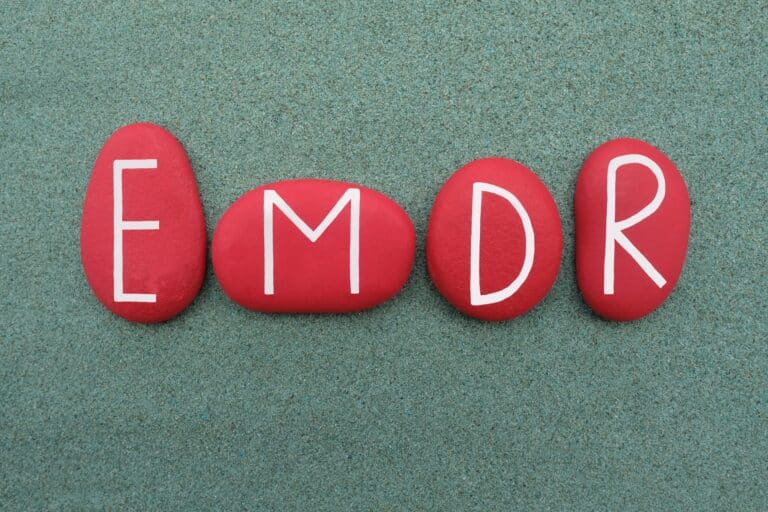World Bipolar Day, observed annually on March 30th, aims to raise awareness about bipolar disorder and eliminate social stigma. At Southern California Sunrise Recovery Center, we’re committed to providing accurate information and comprehensive treatment for individuals living with bipolar disorder.
What is Bipolar Disorder?
Bipolar disorder is a complex mental health condition characterized by extreme mood shifts that include emotional highs (mania or hypomania) and lows (depression). These mood episodes can significantly impact energy levels, activity, concentration, and the ability to carry out day-to-day tasks.
According to the National Institute of Mental Health, bipolar disorder affects approximately 2.8% of U.S. adults in the past year, with similar prevalence rates among males (2.9%) and females (2.8%). Despite its prevalence, misconceptions persist, often leading to delayed diagnosis and treatment.
Types of Bipolar Disorder
There are several types of bipolar disorder, each with distinct patterns of mood episodes:
Bipolar I Disorder
Characterized by manic episodes lasting at least seven days or manic symptoms severe enough to require immediate hospitalization. Depressive episodes typically occur as well, often lasting at least two weeks.
Bipolar II Disorder
Defined by a pattern of depressive episodes and hypomanic episodes (less severe than full mania). Many people with Bipolar II are misdiagnosed with depression alone.
Cyclothymic Disorder
Involves periods of hypomanic and depressive symptoms lasting for at least two years, though symptoms don’t meet the full criteria for hypomanic or depressive episodes.
Learn more about the different types in our guide to Bipolar Disorders: Differentiating the 3 Main Types.
How Bipolar Disorder Affects Thinking
Understanding the thought patterns associated with bipolar disorder helps both patients and loved ones navigate this condition. During manic phases, individuals may experience:
- Racing thoughts and accelerated speech
- Grandiose beliefs and inflated self-confidence
- Decreased need for sleep
- Impulsive decision-making with little regard for consequences
During depressive phases, thought patterns often include:
- Persistent feelings of sadness, emptiness, or hopelessness
- Difficulty concentrating and making decisions
- Thoughts of death or suicide
- Excessive guilt or worthlessness
For an in-depth look at the cognitive aspects of bipolar disorder, read our article on How a Person with Bipolar Disorder Thinks.
Recognizing Bipolar Disorder in Women
Bipolar disorder can present differently in women compared to men. Women with bipolar disorder may:
- Experience more depressive episodes and fewer manic episodes
- Have higher rates of rapid cycling (four or more mood episodes in a year)
- Be more likely to experience seasonal mood changes
- Show symptoms of other co-occurring mental health conditions like anxiety, eating disorders, or PTSD
The Office on Women’s Health provides additional resources on how hormonal changes can affect bipolar symptoms in women. For more information specific to women, visit our page on Bipolar Disorder in Women.
Treatment Approaches at Southern California Sunrise
Our evidence-based approach to treating bipolar disorder includes:
Medication Management
Mood stabilizers, antipsychotics, and antidepressants (carefully monitored) can help control mood swings and related symptoms.
Psychotherapy
Cognitive Behavioral Therapy (CBT), Interpersonal and Social Rhythm Therapy (IPSRT), and family-focused therapy help individuals develop coping strategies and improve relationships.
Lifestyle Management
Creating routines, managing stress, improving sleep hygiene, and avoiding substance use can significantly reduce symptom severity.
The Centers for Disease Control and Prevention emphasizes that proper treatment can help people with bipolar disorder lead healthy and productive lives. Learn more about our comprehensive Bipolar Disorder Treatment in Orange County.
Supporting a Loved One with Bipolar Disorder
If someone you care about has bipolar disorder, here are ways you can help:
- Learn about the condition to better understand their experiences
- Encourage treatment adherence while respecting their autonomy
- Recognize warning signs of mood episodes
- Practice patience and avoid judgment
- Take care of your own mental health needs
For guidance on navigating relationships affected by bipolar disorder, read our article on How to Manage Romantic Relationships with Bipolar Disorder.
Breaking the Stigma on World Bipolar Day
World Bipolar Day is an opportunity to challenge misconceptions and promote understanding. Bipolar disorder is a manageable condition with proper treatment, and many individuals with bipolar disorder lead fulfilling, productive lives.
According to research from Johns Hopkins Medicine, early intervention and consistent treatment significantly improve long-term outcomes for people with bipolar disorder.
At Southern California Sunrise Recovery Center, we provide comprehensive mental health treatment in a supportive, healing environment. Our team of specialists creates personalized treatment plans addressing each client’s unique needs and circumstances.
If you or someone you know is struggling with bipolar disorder, reach out to our team at 949-284-7325 to learn more about our Programs and how we can help.
Southern California Sunrise Recovery Center provides residential mental health treatment for bipolar disorder and other mental health conditions in Mission Viejo, CA. Our evidence-based approaches help clients develop the tools they need for long-term stability and wellness.
References:
Centers for Disease Control and Prevention. (2024). Mental health learn: Information on mental health. https://www.cdc.gov/mentalhealth/learn/index.htm
Depression and Bipolar Support Alliance. (2019). Bipolar disorder statistics. https://www.dbsalliance.org/education/bipolar-disorder/bipolar-disorder-statistics/
Johns Hopkins Medicine. (2024). Mental health disorder statistics. https://www.hopkinsmedicine.org/health/wellness-and-prevention/mental-health-disorder-statistics
Merikangas, K. R., Akiskal, H. S., Angst, J., Greenberg, P. E., Hirschfeld, R. M., Petukhova, M., & Kessler, R. C. (2007). Lifetime and 12-month prevalence of bipolar spectrum disorder in the National Comorbidity Survey replication. Archives of General Psychiatry, 64(5), 543-552. https://doi.org/10.1001/archpsyc.64.5.543
National Institute of Mental Health. (2024). Bipolar disorder. https://www.nimh.nih.gov/health/statistics/bipolar-disorder
Office on Women’s Health. (2024). Bipolar disorder. https://www.womenshealth.gov/mental-health/mental-health-conditions/bipolar-disorder
Southern California Sunrise Recovery Center. (2024). Bipolar disorders: Differentiating the 3 main types. https://socalsunrise.com/bipolar-disorders-differentiating-the-three-main-types/
Southern California Sunrise Recovery Center. (2024). Bipolar disorder in women. https://socalsunrise.com/bipolar-disorder-in-women/
Southern California Sunrise Recovery Center. (2024). How a person with bipolar disorder thinks. https://socalsunrise.com/how-a-person-with-bipolar-thinks/
Southern California Sunrise Recovery Center. (2024). How to manage romantic relationships with bipolar disorder. https://socalsunrise.com/loving-someone-with-bipolar-disorder/
Southern California Sunrise Recovery Center. (2024). Bipolar disorder treatment in Orange County. https://socalsunrise.com/treatments/bipolar-disorder/
World Health Organization. (2024). Bipolar disorder. https://www.who.int/news-room/fact-sheets/detail/bipolar-disorder

